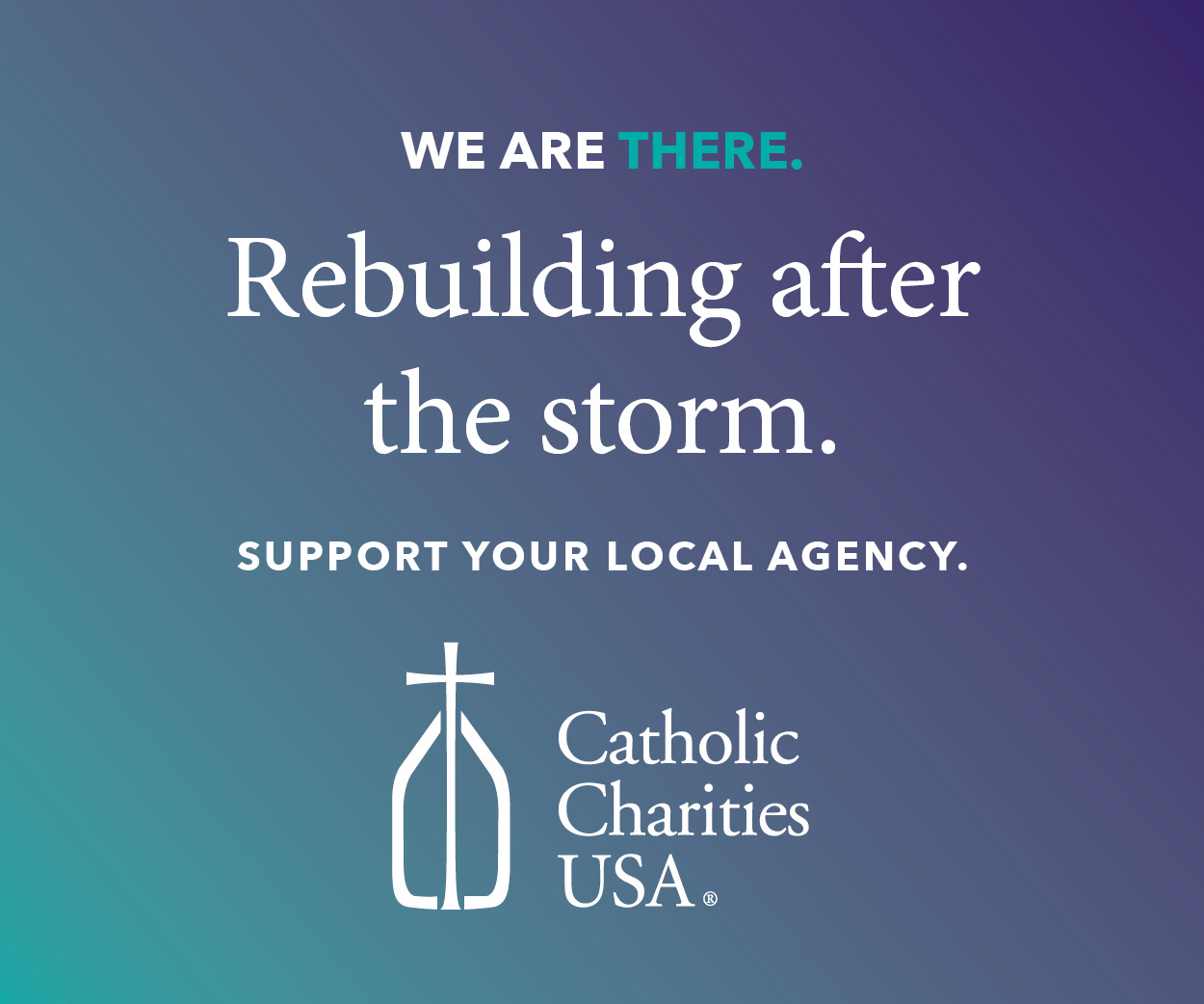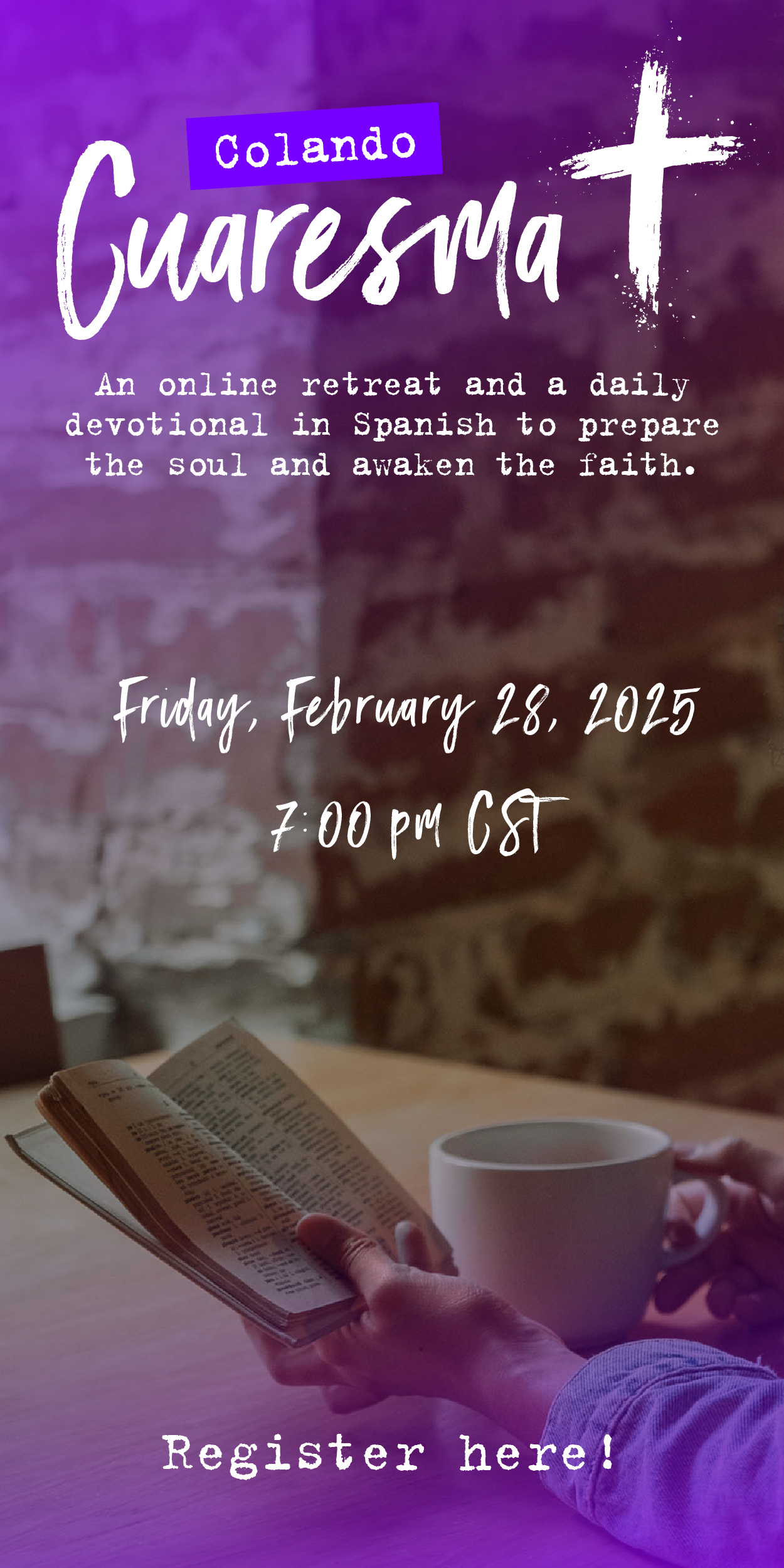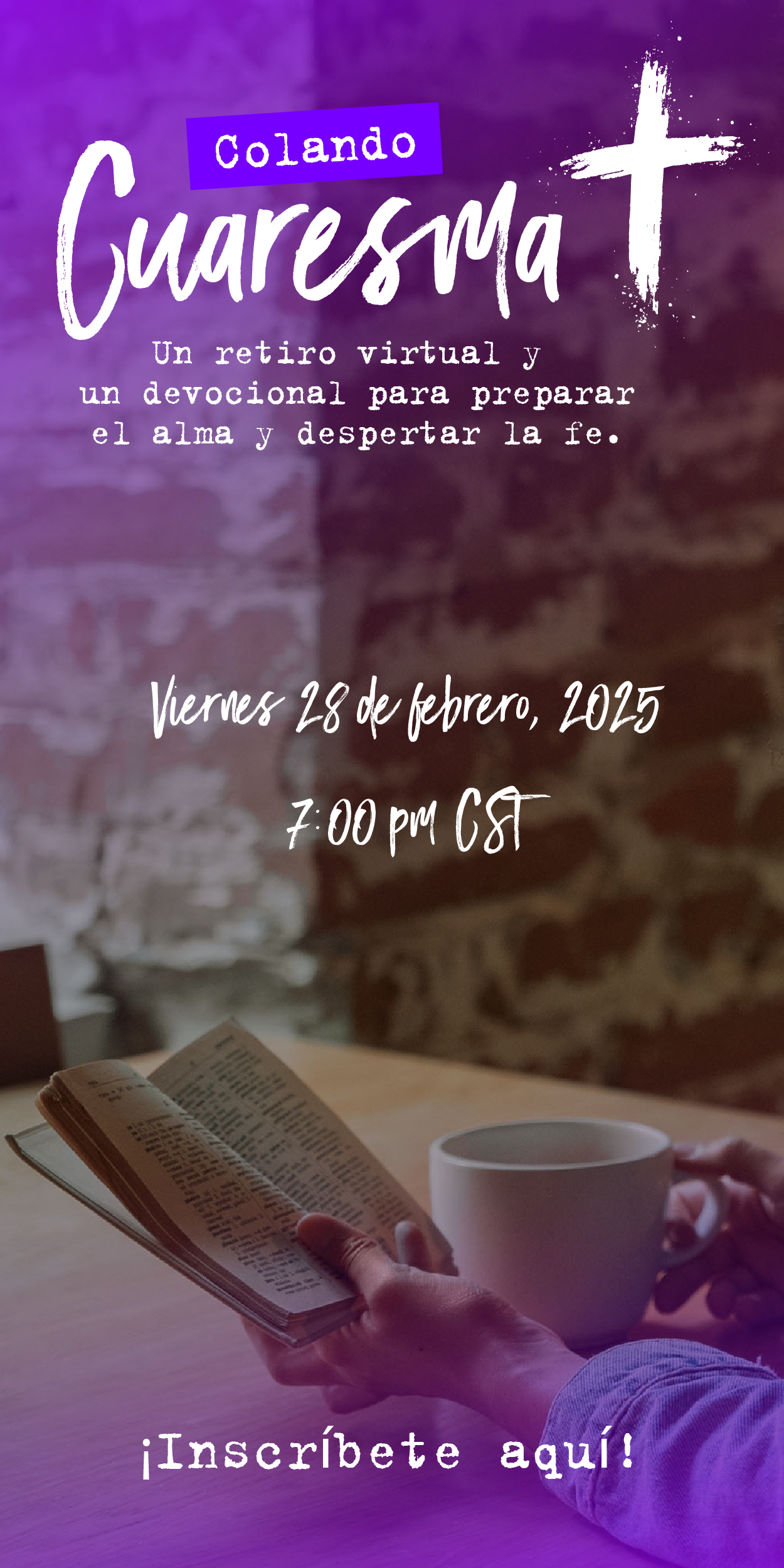c. 2014 Religion News Service
(RNS) When Israeli President Shimon Peres and Palestinian Authority President Mahmoud Abbas meet at the Vatican next Sunday (June 8), it will be another sign of how Pope Francis has returned the Vatican to the global stage to a degree not seen since the 1980s, when John Paul II’s shuttle pilgrimages helped end the Cold War.
The upcoming Israeli-Palestinian prayer summit is drawing particular attention because it comes as traditional diplomatic efforts in the region have once again stalled. It also follows on the heels of Francis’ three-day pilgrimage through the Holy Land, where he spoke forcefully on behalf of peace, and often matched his words with bold actions.
That approach raised both hopes and the Vatican’s profile, and it’s the formula Francis has used since he was elected in March last year: repeatedly calling for reconciliation in global hot zones like South Sudan, the Central African Republic, Ukraine and Latin America, and dispatching emissaries or launching initiatives when he can.
Francis has been especially engaged in the intractable Syria conflict, organizing a fast and a public prayer vigil in St. Peter’s Square last year and insisting that the Holy See be present at peace talks in Switzerland this year.
‘A new age of political audacity’
“Francis is not resigned to a passive vision of world affairs,” Marco Impagliazzo, president of the Rome-based Community of Sant’Egidio, a Catholic organization active in conflict resolution and peace brokering, said last summer. “We must prepare for a new age of political audacity for the Holy See.”
Yet this Argentine pope — who intentionally took the name of Francis of Assisi, the patron saint of peace — is also wading into a geopolitical arena that is in many respects much more complicated than the binary, East-West rivalry that confronted John Paul.
Moreover, while the end of the Cold War greatly reduced the existential threat of nuclear annihilation, today’s world is marked by regular spasms of bloodshed that are less likely to find a dramatic resolution akin to the fall of the Berlin Wall.
Back then, the stakes were clear, as were the major players — and the way forward.
Now, however, the world is dominated by “the simultaneous increasing integration and increasing fragmentation,” the Rev. Bryan Hehir, a professor of religion and public life at the Kennedy School of Government at Harvard, said in a talk marking Francis’ first year as pope.
“Increasing integration is what globalization is about,” Hehir told representatives of FADICA, a network of Catholic philanthropies. “Increasing fragmentation is what Bosnia, Somalia, Rwanda and Syria are about, and so you’ve got to deal with both.”
Dealing with two such complex and contradictory dynamics is a daunting prospect — and one for Francis that is complicated by the legacy of John Paul’s success in the Cold War.
The end of Soviet communism was almost miraculous in its suddenness, and it left the impression that a charismatic pope could change (or at least shape) the course of human events. In addition, those events capped a decade of the Catholic Church playing a crucial role in ousting longtime dictators in the Philippines and Haiti, and serving as a powerful voice for ending apartheid in South Africa and promoting human rights across Latin America.
Yet the “new world order” heralded by the end of the Cold War instead became a new world disorder, and marked the start of a new era of ethnic hatred, national rivalries, and growing societal strife between the haves and have nots.
The Berlin Wall crumbled, yes. But now other barriers have gone up.
A case in point was a memorable scene during Francis’ visit to Bethlehem, when he stopped the papal motorcade and stepped out to bow his head before the 26-foot high security wall separating Palestinians from Israel. It was a telling moment that recalled the Mass on behalf of immigrants that U.S. bishops celebrated in April at the 30-foot wall in Arizona along the U.S.-Mexico border.
That liturgy was itself inspired by a Mass that Francis celebrated early in his pontificate on an altar made from a refugee boat on the island of Lampedusa off the Italian coast, where untold numbers of Africans have drowned in desperate efforts to flee poverty and danger.
It’s a world of heart-wrenching suffering, and also frustratingly difficult to navigate. Leaders from President Obama to Russia’s Vladimir Putin often seem like helpless actors controlled by events rather than directing them.
Francis may also risk that fate, and his faith-first approach to diplomacy has already prompted some sharp criticism.
‘The culture of encounter’
“A sort of slacktivism writ large,” as the Washington Post’s Max Fisher wrote in a tough critique of Francis’ foreign policy. Fisher’s rip came in January after seagulls attacked two white doves the pope released to symbolize a desire for peace in Ukraine — “the perfect metaphor for Pope Francis’s first year,” Fisher said of the doves’ fate.
Writing in Time magazine in March, Robert Christian, a doctoral candidate in politics at Catholic University of America, called Francis’ idealistic peace initiative in Syria “an abject failure” that worsened the violence. After the pope’s Holy Land trip in May, Daniel Petri, a colleague of Christian’s, also blasted the pope’s Syria plans and he cast doubts on the upcoming Peres-Abbas meeting.
Still, much as John Paul’s love of great ideas and grand gestures worked in an era of global ideological combat, Francis’ focus on personal diplomacy may be the best approach for an era of personalized conflict.
As Hehir noted, while John Paul grew up in Poland under the foreign oppression of Soviet rule, Francis lived through the military repression of Argentina’s “dirty war” during the 1970s, when Catholics turned on each other and the church itself was complicit in human rights violations — not the liberating force it was in other regions.
Francis’ experience of poverty and structural inequality in his homeland also influenced his view that economic injustice is at the heart of the world’s conflicts. It’s the lens he used to explain his ideas on peacemaking in his major document from last year, “The Joy of the Gospel.” To promote peace in this context, Francis said last December, diplomacy should “promote the culture of encounter.”
That personal style was front and center during the Middle East trip, as Francis issued his invitation to Abbas and Peres on the spur of the moment, a spontaneous gesture like the stop at the security wall. While some questioned the usefulness of the impromptu gestures, they were also hailed as welcome novelties by outlets like the BBC and The New York Times, and by Catholic media as well.
Reviewing the Holy Land trip on his return, the pope himself may have done the best job of formulating a “Francis Doctrine” for the 21st century, telling an audience in St. Peter’s Square that peace is not mass-produced but is instead “handcrafted” every day by individuals.
The question, of course, is whether such tactical, “artisanal” peacemaking can replace the high-stakes chess match approach of superpower strategizing that governed the world for so many years — or, more important, whether it can succeed where those old ways are failing.









